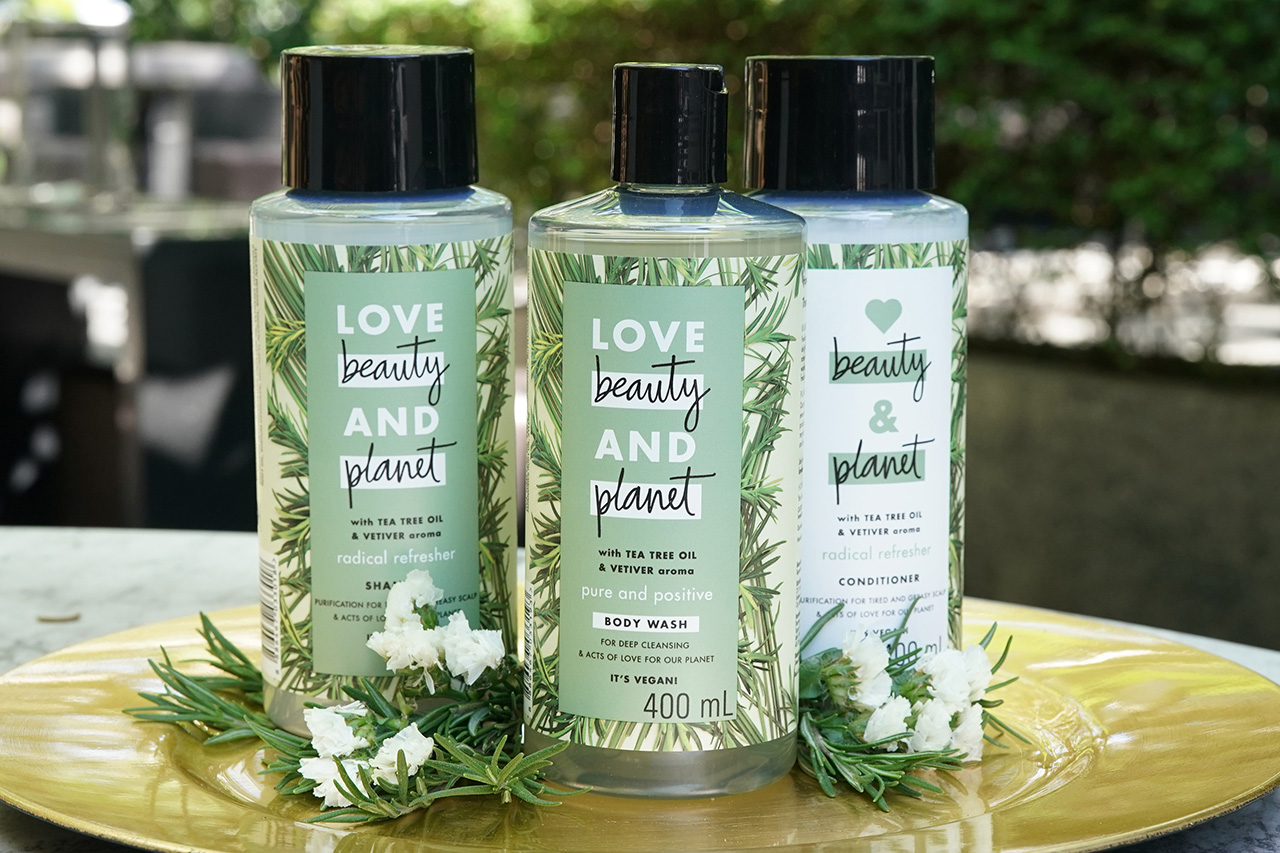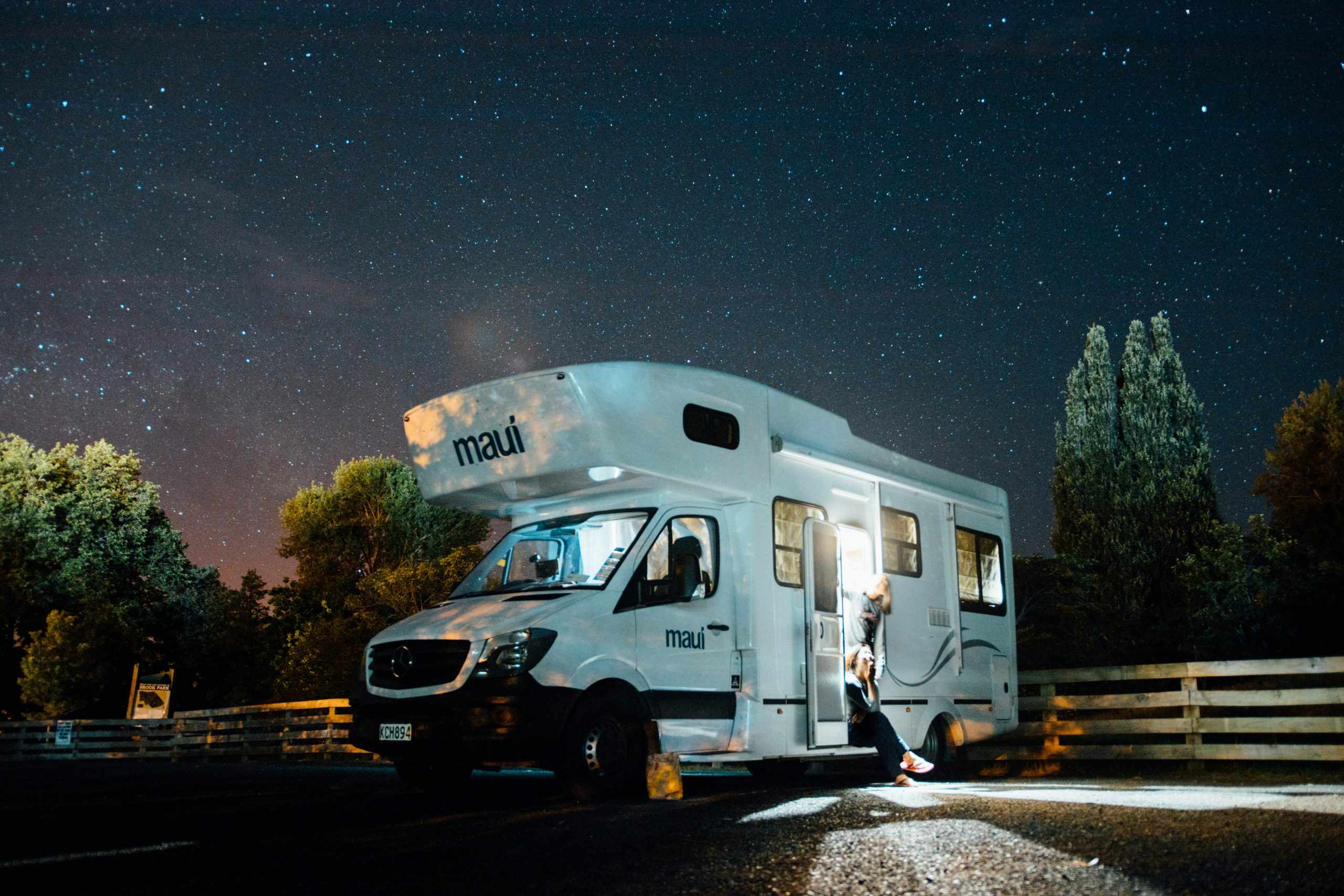For a long time, corporations were allowed to operate almost unchecked. With business law on their side, they were encouraged to only worry about the bottom line dollar.
As times change, people have become more aware of the ecological impacts corporations have on the environment. While resources may seem unlimited, they are, in fact, finite. They all serve a necessary function in nature and extracting them costs much more than euros and dollars.
So how are they balancing the proverbial books? Today, companies are hard-pressed to operate without a clear and distinct social mission. To stop and reverse the damage done since the dawn of the industrial era, some companies have made it their goal to be a positive force toward sustainability. Here are a few that are leading the way:
1. Unilever

Unilever has truly embodied sustainability. Their very corporate identity is rooted in it. Check out their Sustainable Living Plan, where they set specific targets on all components from production and sales to community relations and supplier welfare. In 2010, Unilever CEO Paul Polman stated intentions to double their business while cutting their environmental impact in half. Furthermore, he set a blazing time frame to accomplish this task in only 10 years. Since then, Unilever has hit the ground running. Only 25 percent of their non-hazardous waste ends up in a landfill and the number of agricultural suppliers they source from that use sustainable practices has jumped three fold. The company’s CEO won the United Nations Champion of the Earth Award in 2015 in light of their accomplishments.
2. IKEA

Sustainability has always been at the core of IKEA’s practice. From behind the scenes to the main stage, Ikea holds a high standard of integrity, whether you see it or not. Nearly 50 percent of their wood is sourced from sustainable foresters. 100 percent of their cotton comes from farms that meet the Better Cotton requirements. That means less water, energy, pesticides, and chemical fertilizers were used in production. When it comes to sustainable energy, IKEA is a true champion. More than 700,000 solar panels power their stores. They even plan to begin solar panel sales in store to you, the customer, beginning in the UK. IKEA is surpassing their own goals. In 2012 they said they would aim to be powered entirely by renewables by 2020. Then, in 2016, they announced a more ambitious goal, to become a net energy exporter by 2020.
3. Seventh Generation
This innovative company disrupted an entire industry by producing green products in what is otherwise known as a generally destructive landscape – household cleaning products. Household cleaners often find their way into groundwater and waterways, in spite of the best efforts of wastewater treatment centers. What you might hear from consumers in regard to more environmentally friendly cleaning products is that they simply do not work as well. Enter Seventh Generation. Because of their ability to combine effectiveness and environmentalism, staple brands in the industry like Clorox have been forced to create greener versions of their products to keep up with the shifting demand.
4. Patagonia

In a 2015 New Yorker profile, Patagonia’s corporate strategy was accused of being “anti-growth,” noting the company’s attitude toward superfluous consumerism. They have released ads discouraging people from purchasing things just to have more things. They even created a program to repair rather than replace their own products, a move that clearly speaks to their commitment to reduce, reuse, and recycle. They consistently prove their position, not only in their marketing and messaging, but in the products they deliver. Patagonia wetsuits are fashioned out of natural rubber. Parkas from plastic bottles. They also recognize the power political action has on environmental impact. Patagonia has made voting for eco-conscious leaders a mainstay in their message for sustainability.
5. IBM
IBM has long been a proponent for sustainability and eco-friendly business. Since the 1960s, corporate social responsibility and environmental stewardship have been central to their mission. They released their first sustainability report in 1990. Their data centers have received awards from the European Commission as a result of their enduring commitment to long-term energy efficiency. Today, IBM boasts smart buildings with reduced resource demand, green procurement, water resource management, and more, creating an all-encompassing approach.
6. New Belgium Brewing

Colorado-based New Belgium Brewing is an industry leader in sustainability. And they take pride in that fact. You will see it in all aspects of the organization, from production and marketing to encouraging employees and customers alike to bike in rather than drive. 99.8 percent of waste from the brewery is diverted from landfills. They are also very vocal about the necessity for climate change action, having signed on to both the BICEP pro-climate business coalition as well as the Brewery Climate Declaration.
7. Adobe

Newsweek ranked Adobe the greenest IT company in 2014. The recognition was well-deserved. Adobe has been a model for sustainability, having reached major milestones like obtaining LEED certification for over 70 percent of their workspaces. That includes renovating a historic building in San Francisco. And they are not stopping there – Adobe has ambitious goals which include obtaining a net zero energy consumption as well as reducing the amount of packaging used on products. Packaging is a huge resource suck and a major contributor to plastic pollution. During California’s historic drought, Adobe set a great example of corporate responsibility. They have reduced their water use by over 60 percent in response since 2000.
8. Nike
Nike hasn’t always been synonymous with corporate sustainability- for a good reason. However, largely due to tremendous social pressure and an international petition, Nike has turned a corner in a big way. In 2005 they ranked number one on Morgan Stanley’s list of most sustainable clothing and footwear brands. Transparency has been essential to their new found success in this category. They now bare all when it comes to supply chain and production. Nike is also making it easier for designers to make more environmentally sound decisions. They rolled out an app that helps them compare the environmental footprint of different fabrics. Similar to Patagonia, they now use post-consumer recycled materials in a few of their products, including their 2011 World Cup jerseys. Nike has also altered its boxes to reduce packaging. They have committed to eliminating chemical discharges, invested in energy efficient factory upgrades, and more. NASA and other government agencies have partnered with Nike to help launch innovation in chemistry in hopes of greening raw materials that end up in products.
9. Allergan
You wouldn’t typically expect an overlap between environmentalism and Botox. When it comes to Allergan you find the rare exception. This Botox producer has been among the top of Newsweek’s green companies rankings for many years. They began their commitment to sustainability over two decades ago, well before the modern green movement. It started with a policy on water conservation based on reporting and benchmarking. Since, their strategy has expanded from water to energy conservation, waste reduction, and emissions reduction in both direct operations and supply chain. Allergan won the EnergySTAR Award in 2016, awarded by the Environmental Protection Agency as recognition for their staggering achievements in energy efficiency. That was their fifth time receiving the award.
10. Panasonic
Panasonic isn’t often recognized publicly for sustainability, but among the experts it is regularly hailed. Interbrand, a group that ranks companies sustainability calls this dissonance the ‘gap.’ Like others on this list, Panasonic is striving toward very high energy goals. They are focused on renewables and efficiency, as well as creating environmentally friendly products. But what sets them apart is how they have made sustainability an everyday norm. Acts like moving their North American headquarters from suburban Secaucus, New Jersey to a LEED-certified facility in downtown Newark set the tone. They did this intentionally, to limit the employee commute, which in turn reduces their carbon footprint. Stay tuned, as they are partnering with other companies for a demonstration called Sustainable Smart Town in Japan.








